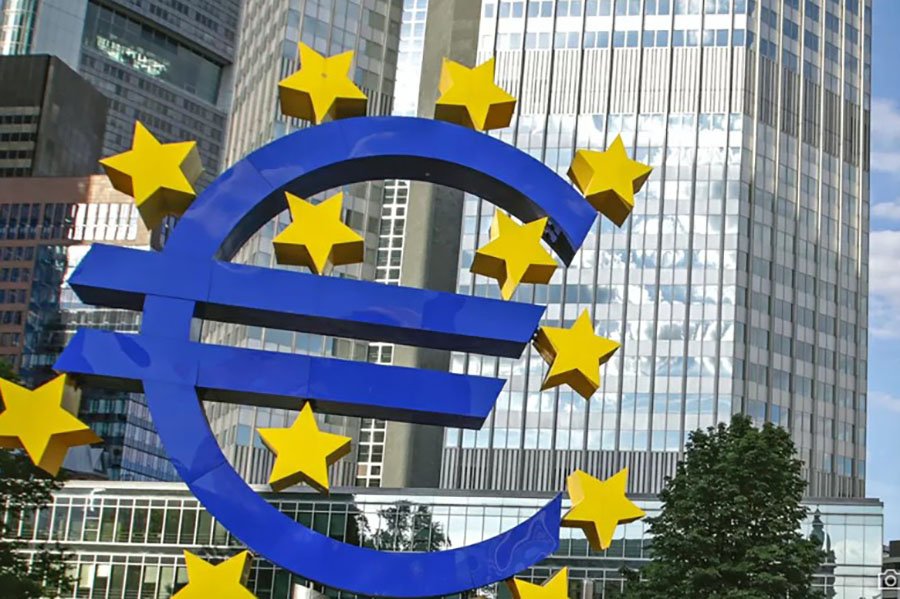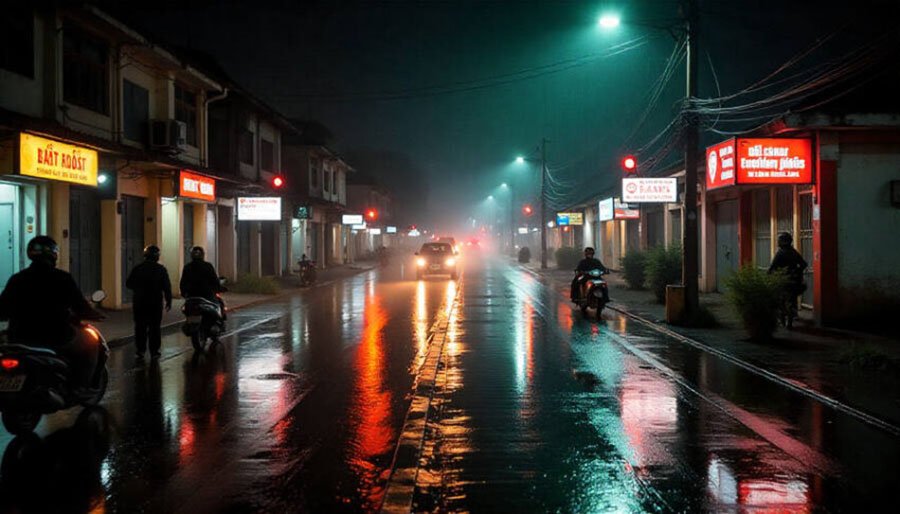читайте также
 Eurozone on Alert: ECB Flags Growing Vulnerabilities in the Financial System
Eurozone on Alert: ECB Flags Growing Vulnerabilities in the Financial System
 Hotel Investment 2025: New Opportunities for the Market — Key Insights from the Cayuga Conference
Hotel Investment 2025: New Opportunities for the Market — Key Insights from the Cayuga Conference
 Vietnam Hit by Record-Breaking Floods: Tourists Advised to Change Their Plans
Vietnam Hit by Record-Breaking Floods: Tourists Advised to Change Their Plans
 WTTC: Travel & Tourism to Create 91 Million New Jobs by 2035 — but a 43 Million Workforce Gap Looms
WTTC: Travel & Tourism to Create 91 Million New Jobs by 2035 — but a 43 Million Workforce Gap Looms
 How Children Receive Residence Permits in Europe: Full 2024 Statistics
How Children Receive Residence Permits in Europe: Full 2024 Statistics
 Cyprus to Introduce Construction Police as Oversight Tightens in 2026
Cyprus to Introduce Construction Police as Oversight Tightens in 2026
Prices of Housing in Croatia in 2025: Dynamics, Yields, and Forecasts

Photo: Unsplash
Over the past five years, housing in Croatia has become significantly more expensive: the average price per square meter has nearly doubled, reaching record levels along the coast. In 2025, prices continue to rise, but at a slower pace than in previous years, the Investropa portal reports. Analysts attribute this to demand saturation and expect further cooling in 2026.
Multi-year trends
The average price of housing in Croatia has reached €2,834 per sq m—almost twice the level of 2020, when it was about €1,630. In five years, prices have risen by roughly 74%, well above the European average. The sharpest increases are in coastal regions and tourist hubs—Istria, Split, Dubrovnik, and popular islands such as Hvar and Krk—where prices range from €3,500 to €4,000 per sq m and can exceed this band in select coastal locations due to limited supply and strong foreign demand. In the capital, Zagreb, prices are also rising, though less rapidly than on the coast. Steady domestic demand and interest from foreign investors meet constrained new supply, keeping prices elevated.
According to Global Property Guide, over the last decade housing in Croatia has increased by 111.95%—similar to the Netherlands (+111%), Lithuania (+108%), and Slovenia (+101%). In the region, Montenegro saw a 99.6% rise. The largest gains were recorded in Hungary (+296.6%), followed by Portugal (+209.1%), then Iceland (+165.6%), Romania (+147.2%), Bulgaria (+140.3%), and the Czech Republic (+139.7%). Strong growth was also seen in Poland (+126.2%), Estonia (+119.6%), and Slovakia (+118.8%). By contrast, Italy’s decade-long increase was just 13.6%, Finland’s 9.6%, and Ukraine recorded a nominal decline of 2.7%.
Investment and profitability
Experts attribute Croatia’s price growth to strong foreign demand, limited supply, and expanding tourism infrastructure. Overseas buyers remain pivotal—accounting for nearly 38% of all transactions. Germans, Austrians, and Slovenians are especially active. At the same time, the share of short-term investments through rental projects in popular tourist locations is estimated at 5–7%, while in the premium segment it is higher — but these are gross figures, meaning they do not include expenses. The actual level is 2–3 percentage points lower, bringing real profitability to around 3%.
Global Property Guide estimates average rental yields nationwide at 4.45%; in Zagreb—4.84%. Higher results are possible in Novi Zagreb – Istok, where a one-bedroom apartment priced around €115,000 renting for €550/month yields about 5.74% gross. A four-bedroom in Trešnjevka – Sjever can generate 5.6% at a price of €385,675 and €1,800/month rent.
In Osijek, the average is 4.71%; a one-bedroom at just under €90,000 renting for €390/month reaches 5.21%. In Rijeka, average yields are lower—4.33%, with a studio priced at €110,000 renting for €500/month yielding up to 5.45%. Split is lower still—3.91%, with the best results from two-bedroom units priced around €339,000 renting for €1,200/month (4.25%).
Net yield in these cities is also slightly above three percent, which is important for investors to consider. Moreover, this figure may be even lower during vacancy periods, which occur quite frequently in the residential sector.
Risks and outlook
Analysts see early signs of a slowdown. New projects are reaching the market more slowly, and sales momentum in resort areas is easing. Macro factors to watch include a moderation in GDP growth—from 3.2% to 2.9%—and inflation stabilizing near 2%. Unemployment is forecast to remain below 5%, supporting domestic demand, but unlikely to spark a fresh buying surge.
The main risks stem from capital concentration in a narrow coastal segment. Paying a premium for location and reliance on the tourist season make some areas vulnerable to external shocks. Regulatory adjustments—from tax measures to short-term rental rules—are also possible. The government is gradually tightening oversight, which could shift the balance between short- and long-term investments.
In 2026, a more moderate price rise of 3–5% is expected. A transition toward a balanced market is likely, with gradual gains broadly in line with inflation. The most resilience is projected in Zagreb and central regions, where demand is driven not only by tourism but also by internal migration. On the coast, localized corrections are possible—especially for overvalued assets with limited liquidity. Experts warn that further increases in supply could compress yields, while softer tourist inflows may slow payback periods.





